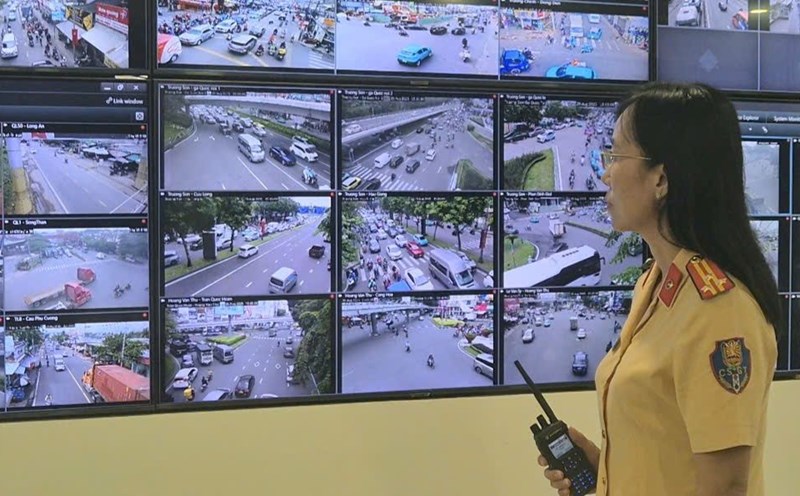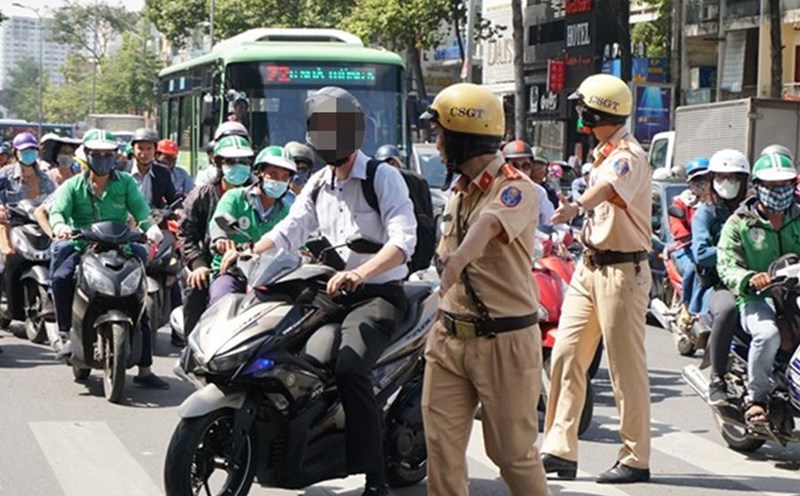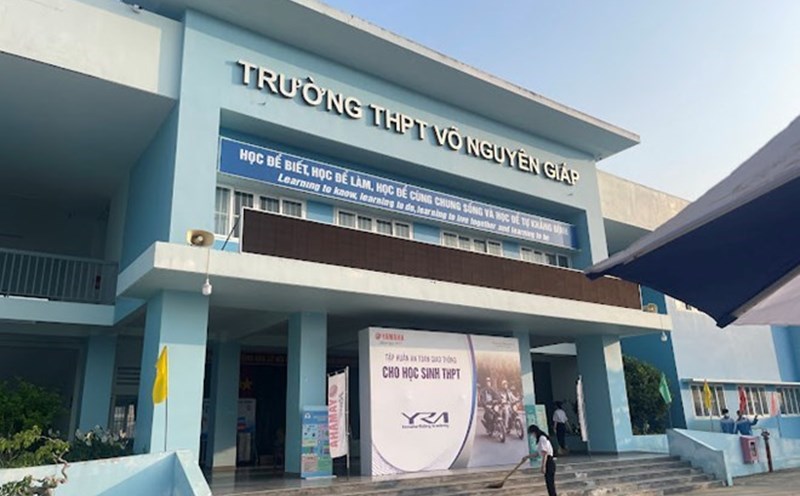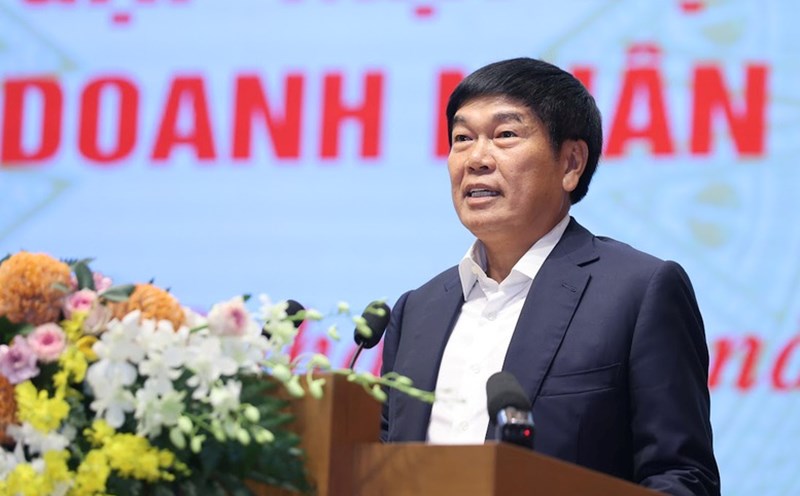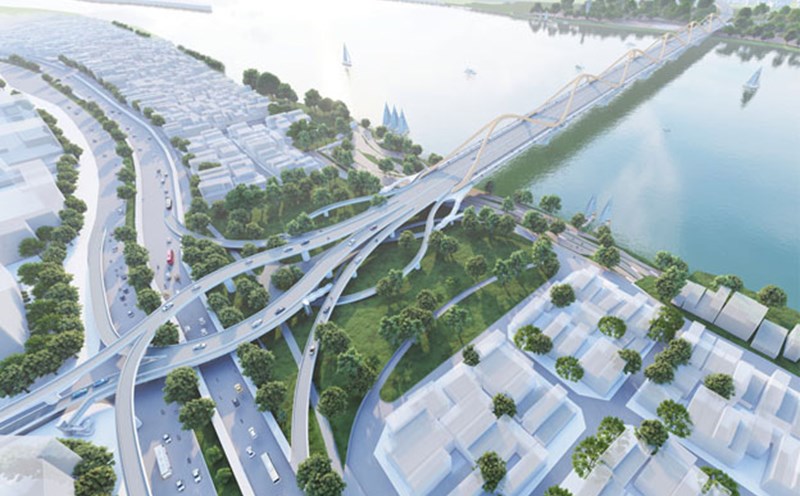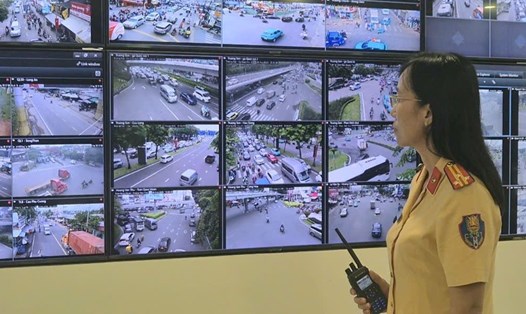At the regular press conference on October 9, a representative of the Traffic Police Department (CSGT) - Ho Chi Minh City Police said that Ho Chi Minh City is currently operating 31 artificial intelligence (AI) cameras to identify violations at intersections.
In just over a month (from September 1 to October 6, 2025), the AI camera system detected and recorded 3,476 violations.
Common violations include running red lights, driving in the wrong lane, not wearing helmets, driving in the wrong direction, stopping and parking in violation of regulations, or violating multiple violations at the same time.
The handling is based entirely on image data, helping to increase objectivity, reduce controversy and save human resources for the traffic police force.
According to the Traffic Police Department, the AI Camera system has contributed to actively changing people's awareness of law compliance.
First of all, traffic participants voluntarily comply with the law more when they know that their behavior can be recorded and automatically punished.
The number of violations has decreased significantly compared to the previous implementation period, especially in dangerous violations such as running red lights, driving in the wrong lane or not wearing helmets.
Many people have formed the habit of following the law, reducing speed, keeping a distance, and giving way.
In addition, applying technology to supervision helps increase transparency in handling violations, limit negativity, and reduce pressure on traffic police, giving them more time for in-depth tasks such as regulating, dividing traffic flows, or supporting the investigation of traffic accidents.
However, fining motorbikes with AI cameras is still difficult.
A part of the people have not voluntarily complied with the penalty decision; many vehicles have passed many generations of owners, not transferring their names, making it difficult to verify the violating driver.
In some cases, vehicle owners have passed away, changed their residence or gone abroad, causing obstacles to send notices and handle violations.
To overcome this, the Ho Chi Minh City Traffic Police Department is coordinating with local police and technology enterprises to deploy solutions such as reviewing and re-identifying owners of vehicles still in circulation, and eliminating unused vehicles.
Request to handle violations before performing other administrative procedures such as registration, name change, and ownership change.
Cooperating with VNPT, Viettel, MobiFone develops AI software to detect violations from regular cameras, helping to expand detection capabilities, shorten processing time and increase accuracy.
In addition to 31 AI cameras, Ho Chi Minh City currently has 530 traffic surveillance cameras in the central area, 9 automatic speed surveillance cameras and 47 cameras invested by Department C08, including the following functions: speed monitoring, traffic lights, parking/opposite direction, license plate recognition and traffic observation.
In addition, the Traffic Police Department (PC08) also exploited 710 more cameras of the Ho Chi Minh City Police Command Center, deployed on central routes, beltways and major intersections, serving the operation and handling of violations.

